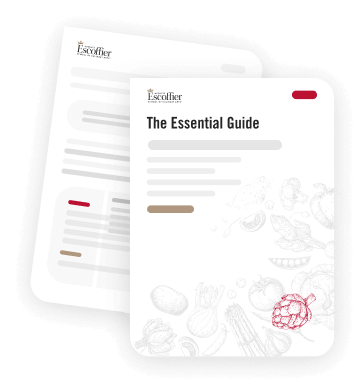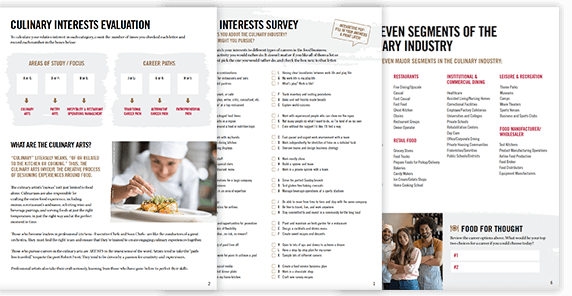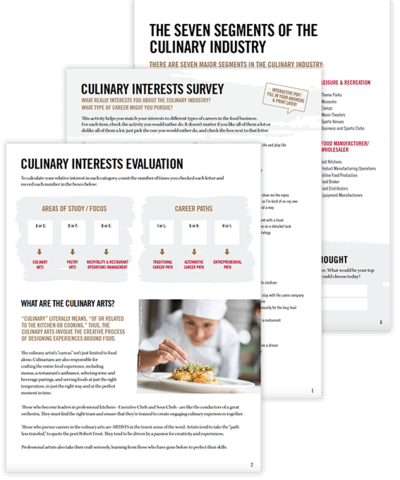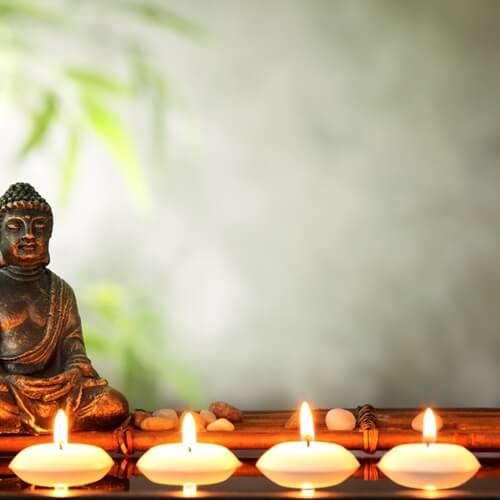Buddhist Vegetarian Cuisine

Getting your online culinary arts certificate gives you the confidence to see the world, try different types of food and experience new cultures first hand. One little-known fact is that individuals who follow a Buddhist way of life enjoy a diverse culinary scene. This is primarily due to the widespread Buddhist practice of vegetarianism and veganism. Originally developed in monasteries throughout India, China, Southeast Asia and Japan, the cuisine has evolved to include modern flavors prepared by contemporary cooking techniques.
History
For centuries, various Buddhist traditions in China, Vietnam and Korea abstained from eating meat due to the belief that all animals contain the Seed of Life or Great Seed of Compassion. Some traditions even go so far as to protect the seed of life in plants and vegetation. These very strict dietary rules prevent Buddhists from consuming root vegetables like potatoes, onions, carrots, ginger and garlic.
Because Buddhism exists in the majority of Asian countries, one of the staples of Buddhist cuisine is rice. In the mornings, rice is eaten in the form of congee, or porridge. Noodles and other grains are not a part of their dietary restrictions. Although not strictly vegan or vegetarian, eating in moderation is considered to be in accordance with Buddhist teachings. Vegetables not of the root variety are widely consumed and are usually prepared in some sort of broth or stew.
As one might imagine, seasoning plays a large part in Buddhist cuisine. The types of seasoning used in everyday dishes depend on the region. In Japan, Buddhist monks use soy sauce and dashi. In Southeast Asia, curry is favored as the primary addition to food.
Modern Buddhist Cuisine
Shojin ryori is a Japanese style of cooking that is strictly vegetarian. No meat, fish or eggs are involved in any dish. To make a vegetarian shojin ryori dish, you have to prepare the stock, rice and sauce. In order to make the stock, buy either umami, konbu or shittake. Prepare your rice in the usual rice cooker fashion. If you don’t have a rice cooker, you’ll have to boil a few cups in a pot.
Finally, prepare the sauce. Different sauces bring out surprising features in your shojin ryori dish. Nihaizu is one part rice vinegar and one part shoyu. Sanbaizu sauce is one part rice vinegar, one part shoyu and a bit of sugar.
Culinary & Pastry Career Survey
Culinary & Pastry Career Survey
What's your ideal culinary career? Answer 20 simple questions and see if your dream career gets revealed to you.

We’ve compiled of all of the essential questions into one handy guide: Career options, description of skill requirements, and more!




